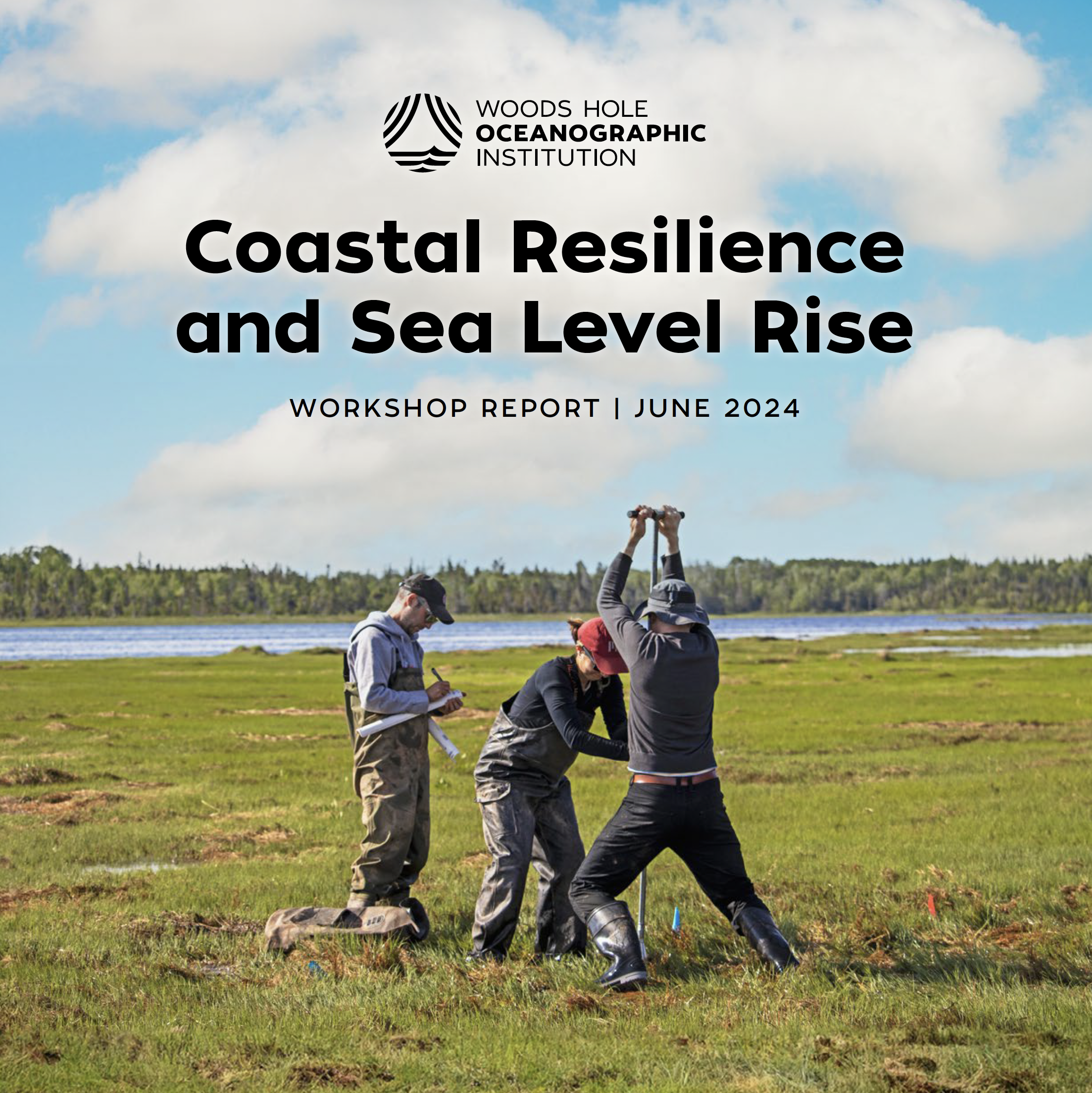The statement notes that, in general, all non-urgent procedures should be delayed until the patient is no longer in isolation and has entered the recovery phase. Elective surgeries should be performed for patients who have recovered from COVID-19 infection only when the physician anesthesiologist, surgeon or proceduralist agree jointly to proceed.
The statement offers guidance on when post-COVID-19 infected patients are no longer infectious:
For patients with mild to moderate symptoms, it states that generally the virus is only detected after 10 days from the start of symptoms. Based on this information, the Centers for Disease Control and Prevention (CDC) recommends physicians use a time- and symptom-based strategy to decide when patients previously infected with COVID-19 are no longer infectious. Additionally, the CDC suggests that isolation and caution about contagion can be ended; when 10 days have passed since symptoms first appeared; at least 24 hours have passed since last fever without the use of fever-reducing medications; and symptoms like cough and shortness of breath have improved.
For patients with severe to critical illness due to COVID-19 or those who have severely low immune defenses, the CDC recommends isolation and caution about contagion can be ended when: at least 10 days and up to 20 days since the start of symptoms; at least 24 hours have passed since the last fever without the use of fever-reducing medications; and symptoms like cough, shortness of breath have improved.
Another concern for which the statement offers guidance, is what the appropriate length of time between recovery from COVID-19 and surgery with respect to minimizing postoperative complications. Since COVID-19 can impact virtually all major organ systems, according to the statement, the timing of surgery after a COVID-19 diagnosis is important when considering the risk of postoperative complications.
Suggested wait times from the date of COVID-19 diagnosis to surgery are as follows: Four weeks for an asymptomatic patient or recovery from only mild, non-respiratory symptoms; six weeks for a symptomatic patient with cough or difficulty breathing who did not require hospitalization; eight to 10 weeks for a symptomatic patient who is diabetic, with severely low immune defenses, or hospitalized; and 12 weeks for a patient who was admitted to an intensive care unit due to COVID-19 infection.
Click here to read the entire statement.
Finally, ASA and APSF have updated their Statement on Perioperative Testing for the COVID-19 Virus. Click here to see the updated statement.
THE AMERICAN SOCIETY OF ANESTHESIOLOGISTS Founded in 1905, the American Society of Anesthesiologists (ASA) is an educational, research and scientific society with more than 54,000 members organized to raise and maintain the standards of the medical practice of anesthesiology. ASA is committed to ensuring physician anesthesiologists evaluate and supervise the medical care of patients before, during and after surgery to provide the highest quality and safest care every patient deserves.
For more information on the field of anesthesiology, visit the American Society of Anesthesiologists online at asahq.org. To learn more about the role physician anesthesiologists play in ensuring patient safety, visit asahq.org/madeforthismoment. Like ASA on Facebook and follow ASALifeline on Twitter.


